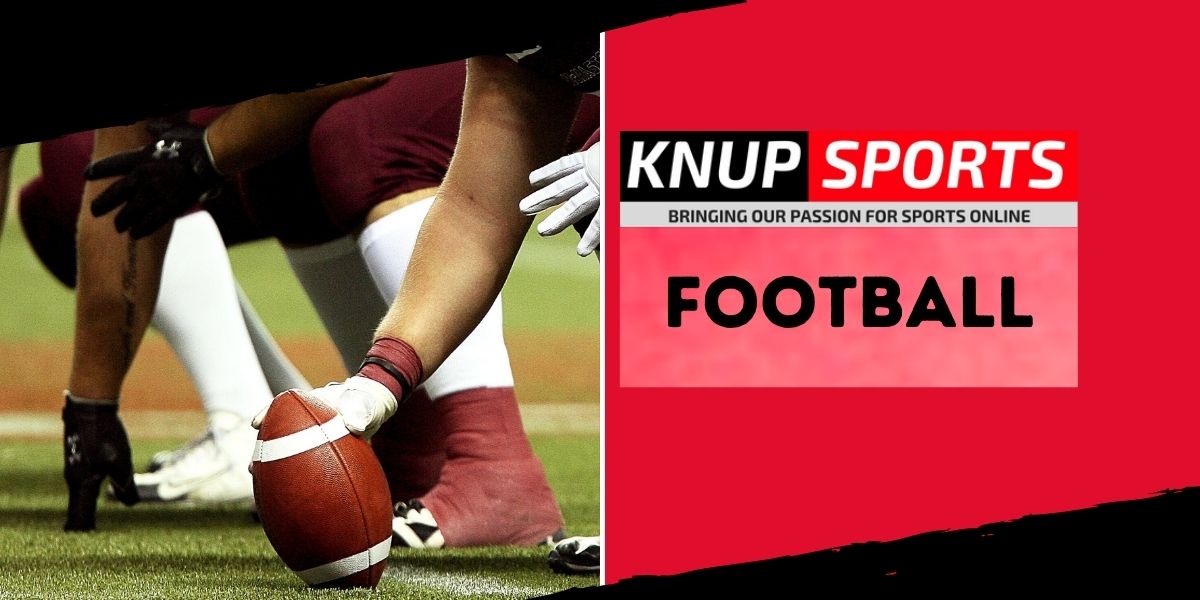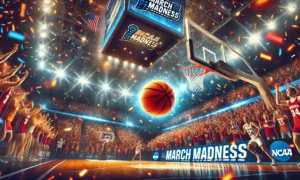The Knight Commission, a leadership group that informs universities on proper ways to reform college sports to ensure the promotion of academic values, predicted that in 2020, athletic spending by the top 10 public schools would exceed over $250 million annually.
For 1,100 schools all across the NCAA, coach compensation, facilities, administration compensation, and game/travel made up more than half of their expenses in 2018, totaling about $11 billion.
Football is a School’s Money-Making Engine
A decade ago and even more now, college sports (especially college football) make and drive a university. Football is perhaps a school’s most public representation, its darling, its profiting power, its way to spark interest and raise national profile. In 2010, Division I athletic programs generated over $6 billion.
Presently, with monstrous coaching contracts, increasingly lucrative television deals, rapid upgrading of facilities, and large scholarship commitments, NCAA athletic departments generated almost $19 billion in 2019. Obviously, college athletics is a well-oiled machine, a mega corporation that will do anything and everything to make more money.
Players, not Coaches, are the Foundation of the Team
The escalating spending arms race in college football needs to be addressed. Big-time universities like Alabama, Clemson, Michigan, Miami, and Ohio State, will always be driven to spend because of competition within their powerful conferences, overwhelming booster support, fan expectations, and just because they are football powerhouses.
But is it too much? Is greed and the unrelenting desire to win eroding tradition within college football?
Alabama head coach Nick Saban is the highest-paid public employee in the state. Newly minted USC head coach Lincoln Riley is the highest-paid public employee in the United States, earning $10+ million per year. In fact, the highest-paid public employees in the U.S. are college football head coaches.
Coaching salaries average about $3 million and buyouts average $8 million. To ensure a football program’s longevity at smaller institutions, there will be an inevitable increase in spending.
Buyouts are the Biggest Problem
In order to suppress this glaring issue, Congress and universities should work in tandem to: cut spending for athletic programs and use those funds to support student-athlete educational initiatives, get rid of multi-million dollar buyouts, and give student-athletes more health, safety, and scholarship protections.
Universities need to stop pandering to athletic directors and high-profile coaches. The focus should be on the athletes, not on them – they are in positions of power, the athletes are not. There needs to be more educational and social opportunities for student-athletes on college campuses.
It is certainly alarming even with budget problems, layoffs, and spending cuts to smaller, less visible athletic programs brought on by the pandemic, FBS schools committed $107.6 million in buyouts to football head coaches and assistants in 2020. From 2010 to 2021, public FBS schools paid out more than $530 million in dead money to head coaches and assistants in football and men’s/women/s basketball.
That is absurd.
Yes, athletes are finally getting a small piece of the pie from NIL, but it is absurd that so much money is being given to coaches, already on top of a large salary, to sit at home if they do not land another job. Athletes at high-profile universities get the luxury of playing on a national stage, practicing at glitzy facilities, and getting coached by the best minds in the sport, but the NCAA provides little medical and disability insurance.
Universities should commit more spending toward accessible health care coverage for their athletes and assist certain athletes who cannot afford their own health insurance in the event of a career-threatening injury.









